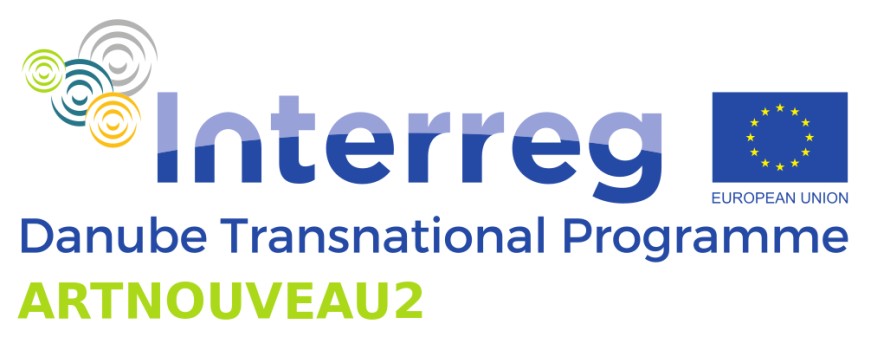IMAGES AND TEXT on Art Nouveau Ex Libris
There is always an inscription on an ex libris. Most often it was the two words which gave the name to this genre, this epigram of the graphic arts. (Sometimes it is also possible to read the phrase book of XY on it.) Ex libris is Latin for “from the library of.”
Due to the Art Nouveau efforts towards aesthetics and a synthesis of the arts as well as the upsurge of graphics and book art, the ex libris had a golden age at the turn of the 20th century. It became an independent genre of minor graphics, and they were not only affixed to the inside covers of books, but were even collected.
An ex libris is perfect if the image and the text are in harmony with one another.
The subjects of the images that can appear on an ex libris are infinite. The possibilities start with coats-of-arms and the symbols of the owner’s occupation, and even include allegorical figures, symbolic scenes, landscapes, still lifes, and various emblems. However, the most common motif is a book and a reader.
Numerous varied and quite unique or individual solutions can be found in the realm of the inscriptions on ex libris from the early 20th century. The efforts of the Art Nouveau artists can be considered a genuine search for a direction. Since the designers and the creators were for the most part artists, not printers, the letters are more like drawings than uniform printing elements lined up next to one another.
The diversity of lettering types used on ex libris is astounding and worthy of appreciation. Each one is the result of individual experimentation and ideas. Nearly every artist found a different style of lettering, and even the same artists used numerous different fonts. However, they made efforts to use a single type of lettering on each individual work.
The lettering at times imitated handwriting. There are times when the inscriptions were looking to produce an effect through their extravagant, twisting forms, and sometimes even become hard to decipher. The main function of the letters, their legibility, is pushed into the background behind the sophisticated taste of Art Nouveau and its desire to beautify everything.
At the same time, the strength of the Art Nouveau artists was to make the block of text and the overall typographical appearance an integral part of the graphics. This was not just in a manner where the inscription set above or below the image enclosed the composition, but there are examples where the writing itself is part of the image and the scene depicted. The proportions and arrangement of the text is resolved by the artists in a variety of ways that are usually outstandingly effective.
There were a few artists who placed particular attention to the creation of new fonts. The embodiment of the era’s universal artist was Peter Behrens, a member of the Darmstadt artists’ colony, the director of the school of applied arts in Dusseldorf, an architect, a painter, a graphic designer, an applied artist, and last but not least, a designer of typefaces. Behrens designed book decorations and his own typefaces. The design of lettering fonts occupied a central place in the career of the lithographer, illustrator, book designer, and graphic artist Fritz Ehmcke. He worked for several foundries and numerous new styles of typeface are connected with his name. It is not by chance that both of these artists carefully supervised the selection of lettering in their ex libris and their sharp, clearly articulated inscriptions are easily legible. In Hungary, printing work and artistic design are most closely intertwined in the works of Ferenc Helbing, the first Hungarian commercial graphic designer.
by: Hilda Horváth, PhD




















